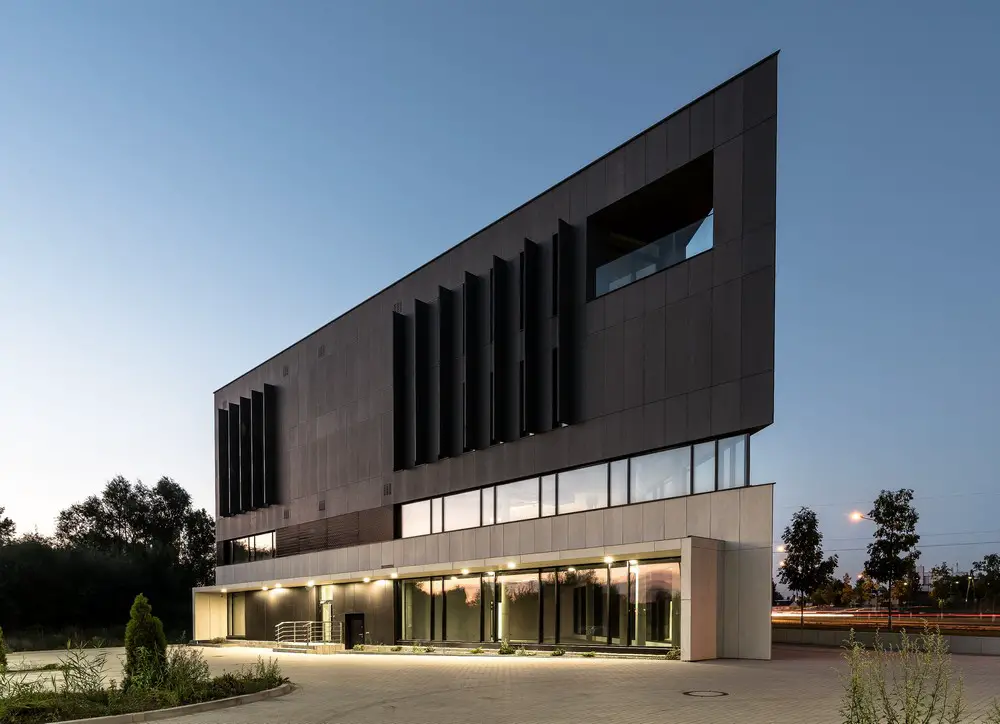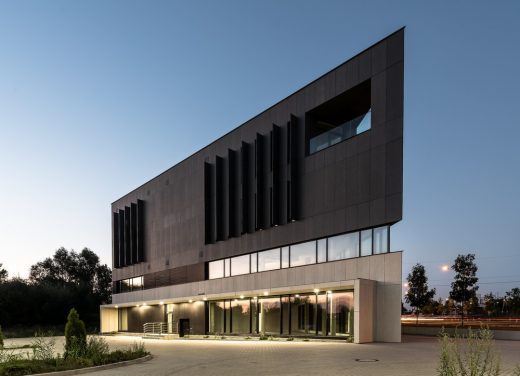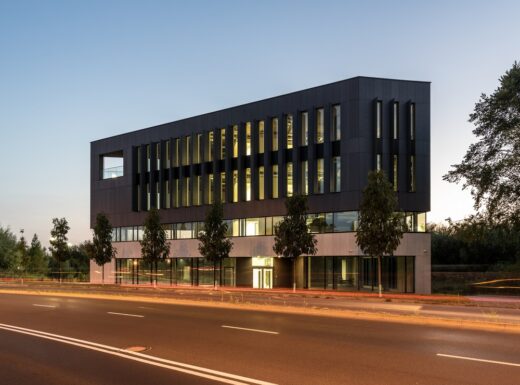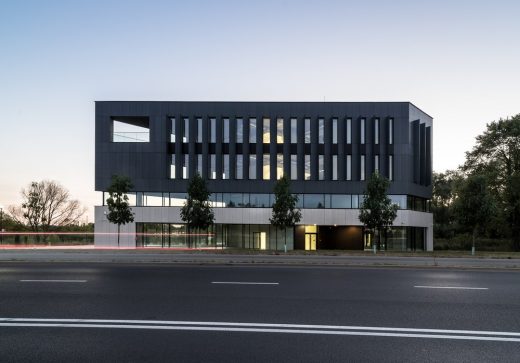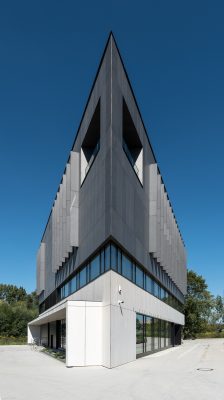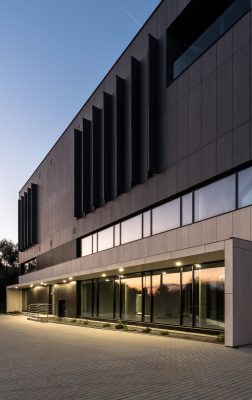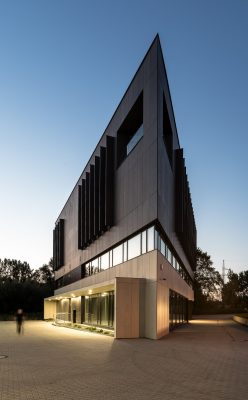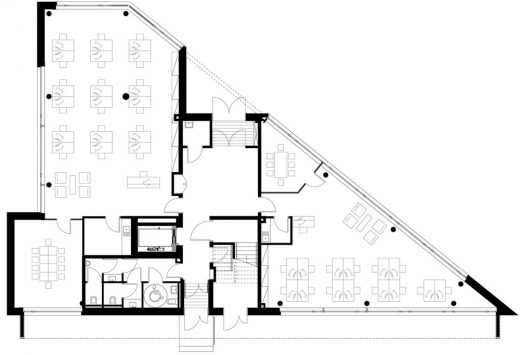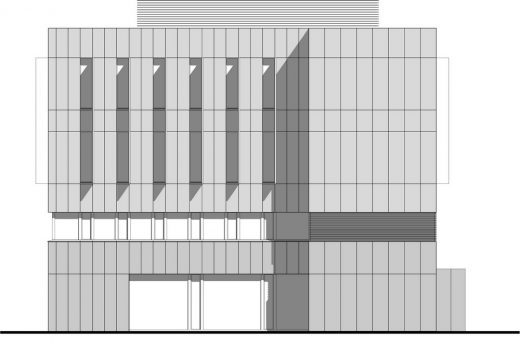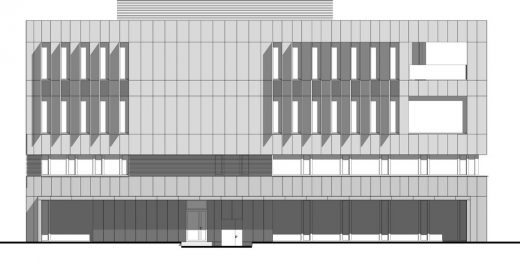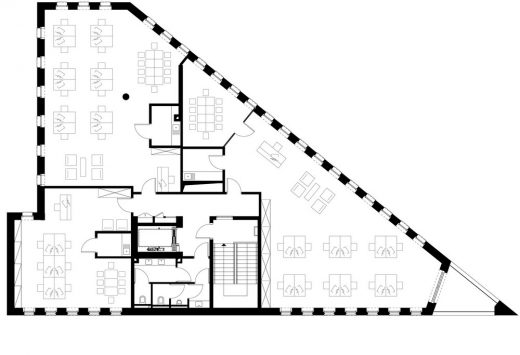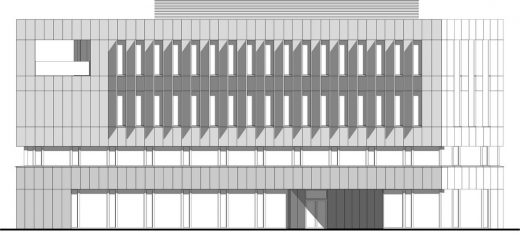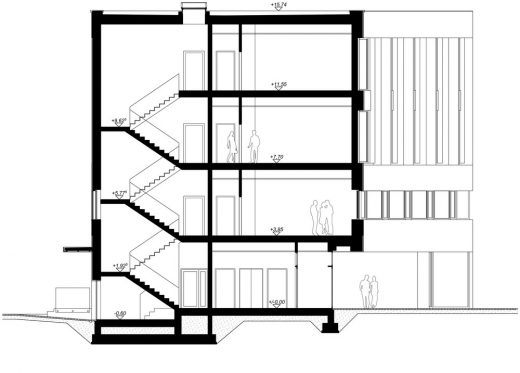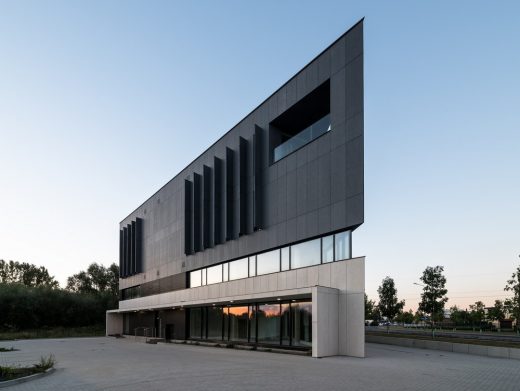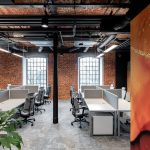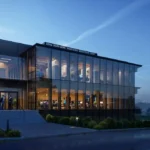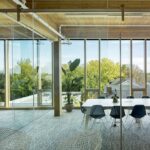Quartz Office Poznań, Polish Commercial Property, Architecture Photos, Design
Quartz Office Poznań
22 May 2020
Location: Poznań, western Poland
Design: Easst architects
Photos by Przemyslaw Turlej
Quartz Office in Poznań by Easst architects
Quartz office by Easst architects, Poland
The plot, with which the client came to our studio, is located on the outskirts of the city of Poznań. Until recently, it was a post-industrial district, poorly urbanized and with low land value.
It would seem that the city had absolutely no concept for this district, leaving its area development to chance. Fortunately, a local spatial development plan has been adopted for these areas.
In the opinion of Easst architects, the aforementioned plan is perhaps not the most sophisticated way of planning space, but it allows you to organize accidentally developing buildings. Thanks to such plans, it is possible to give character to post-industrial districts. We often observe such changes resulting in crowding various functions out e.g. from industrial to office ones. This also has happened in this area.
Therefore, our building had the opportunity to begin a process, the consequences of which are quite a rapid transformation of entire districts. Our investor’s plot was on the outskirts of an industrial zone. This space is unusual because it is surrounded by greenery and at the back of the plot there is a wetland with a small water reservoir.
Historically, those areas were not very urbanized and the water reservoirs were used for the production of brickyards located there in the 19th century. Thus, despite the fact that the district itself seemed quite neglected, the qualities of space, due to nature, had very high potential.
After getting to know the character of the district, it was necessary to start analyzing the local plan. Only then did we have a great surprise here. The triangular shape of the building is unusual and characteristic. Despite the significant plot area (6800m2), the local (zoning) plan allowed to build up only 390m2.
In addition, the plot area intended for construction was marked out by the local plan as a triangle with one pointed corner. At this stage, a lot of concepts were created that assumed the maximization of usable space but also had to answer the question of how to fit into the area visible from so many places and which building perception point is the most important?
Carrying out this analysis, we came to the conclusion that the triangular shape will cause interesting and unpredictable visual disturbances of the object, along with approaching it from different angles (there are viewing spots from which the building seems to have a square base!). In order to alleviate these unexpected effects, we decided to divide the building into two parts separated by a glazing band.
This effect gave the opportunity to create a more subtle body of the building. The upper part is somewhat suspended in space. In the evening, when the band of windows separating the solids shines, the effect gains strength. The ground floor and the first floor are placed on poles, thanks to which two upper floors seem to be detached from the base and cause a dynamic impression od a building body which breaks away from the ground.
Due to this, a dynamic form was created directed towards the national road nr 5. The building, located on a low base, has only 4 floors. Arranging the interior spaces in a functional and profitable way for the investor was a major design challenge. Here, in places of narrowing, we focused on open spaces, in order to give with the clever arrangement the possibility of maximum use of space. In the wider part, regular office spaces have been created.
All these offices are well connected to the staircase and elevator. The facade is made of fiber cement boards. The windows of the upper floors have decorative elements that provide protection against direct rays of light. The building is equipped with a lift and a modern air conditioning and ventilation system.
The upper floor has a balcony, from which there will be view on the ponds situated in the greenery and the panorama of Poznan but you will also be able to experience green spaces with small water holes. The building, thanks to the fact that local plans have been adopted for local areas, has become an element that organizes space.
Soon, the entire district began to undergo transformation. Newly built office buildings have caused demand for flats. Residential buildings diversified the district and completed it functionally.
A new urban quarter was created, which, thanks to the fact that it is being rebuilt, has had a chance to create a complementary urban whole. The proximity of apartments, offices, warehouses means that communication in this area is not overloaded.
Quartz Office Poznań by Easst architects – Building Information
Architects: Easst architects
Principal designers: Lukasz Sterzynski, Marcin Sucharski
Design team: Magdalena Majewska
Project name: Quartz Office
Location: Poznan, Poland, Eastern Europe
Numbers of stories: 4
Usable area: 1278,7 m²
Building area: 387,3 m²
Photographs: Przemyslaw Turlej
Facebook: www.facebook.com/easst.architecture/
Instagram: www.instagram.com/easstarchitects/
Pinterest: pl.pinterest.com/easstcom/
Quartz Office Poznań, Poland images / information from Easst architects
New Polish Architecture
Contemporary Polish Architecture
Polish Architecture Designs – chronological list
Poznań Architecture
Baltyk Tower
Design: MVRDV, Architects
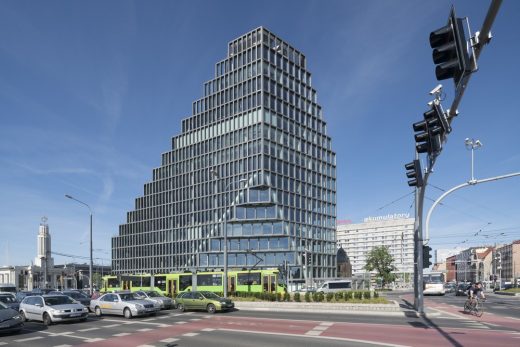
photo : Ossip van Duivenbode s
Baltyk Tower Poznań Building
ChiChi 4U
Architects: mode:lina
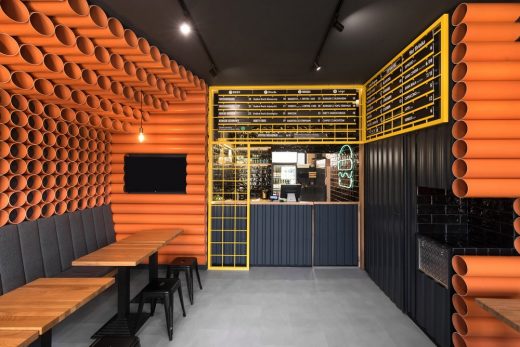
photography : Patryk Lewiński
ChiChi 4U Burger Bar in Poznań Restaurant
INEA salon , Poznan
Architects: mode:lina
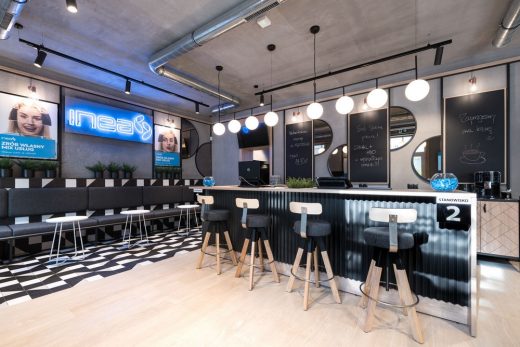
photography : Patryk Lewiński
New Building in Poznan
VÈLO7 Cycle Shop
Architects: mode:lina
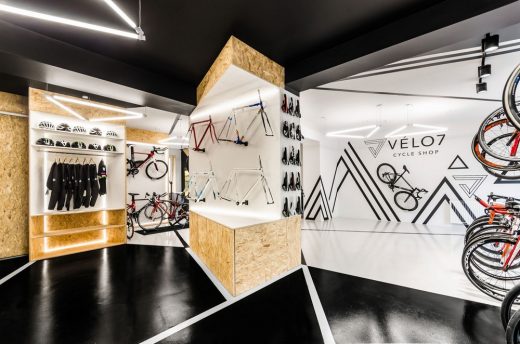
photo : Patryk Lewiński
VÈLO7 Cycle Shop in Poznań
Fence House, Borówiec
Design: mode:lina, architects
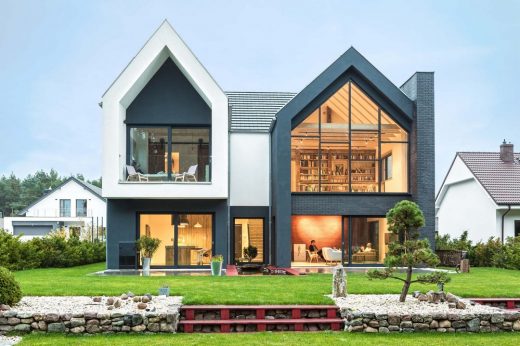
photo : Marcin Ratajczak
Fence House in Poznań
102 house
Design: Zalewski Architecture Group
Poznań house
Garby house, near Poznan
Design: Neostudio Architects
Garby house
Comments / photos for the Quartz Office Poznań by Easst architects in Poland page welcome

